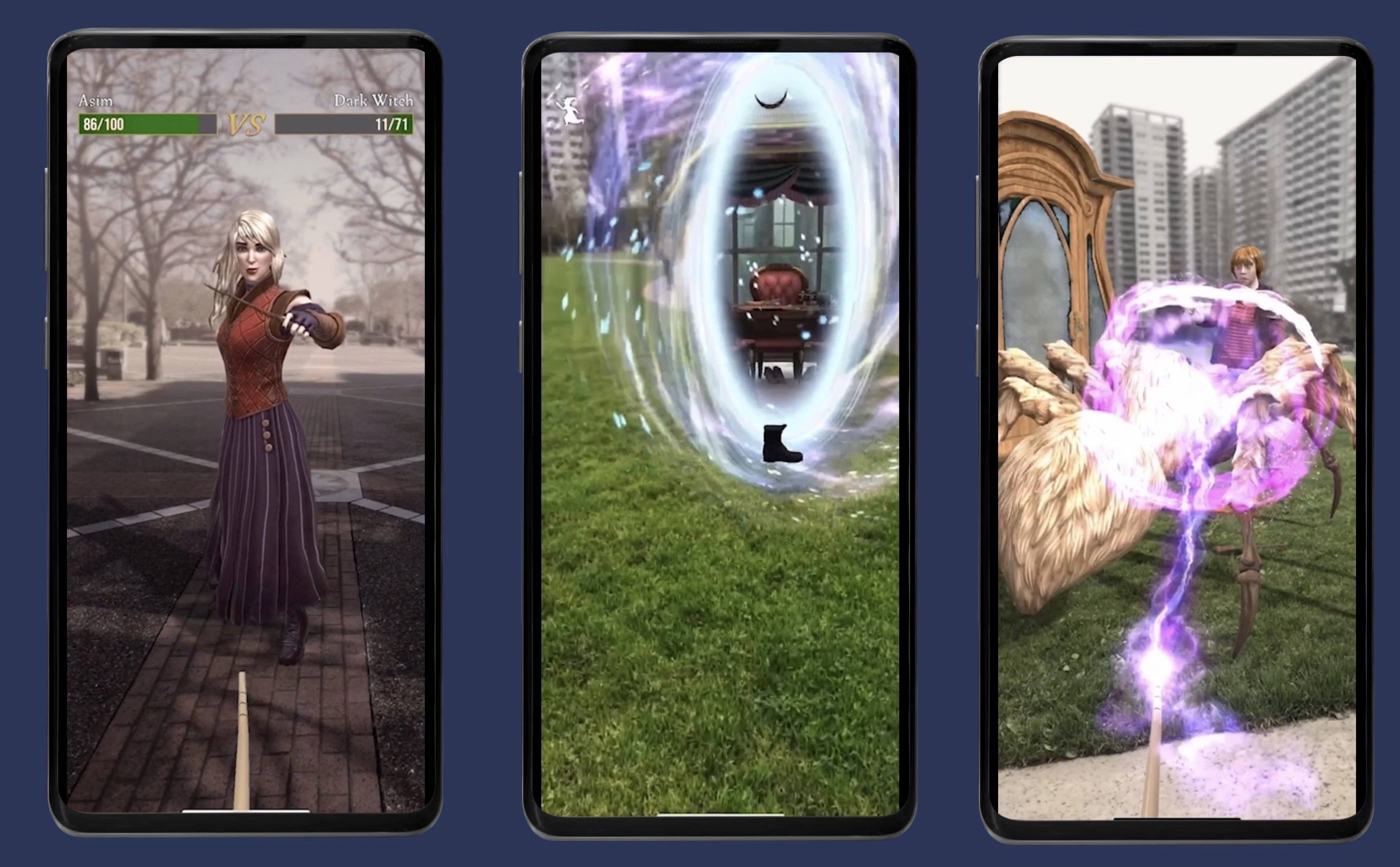Later this year the team at Niantic will launch a new game based on a very popular IP: Harry Potter. The game’s full title is Harry Potter: Wizards Unite, and it will come to both iOS and Android as an AR-centered gaming experience in the vein of Pokémon GO, Niantic’s biggest hit.
Today Nick Statt of The Verge published his impressions of Wizards Unite following a preview Niantic hosted recently. Statt writes:
The core activity in Wizards Unite involves collecting a mix of artifacts and sometimes saving notable characters from the series who are stuck in a bad situation, like the titular Harry being pinned down by a spooky dementor. From there, you play a little tracing mini-game, to evoke the casting of a spell and then collect the item or free your friend. Afterward, you’re able to add that item or character to your collections book, earn experience points, and level up.
[…]
Beyond traversing the map, collecting those artifacts, and visiting inns to eat food, players of Wizards Unite will have a few more advanced activities to keep them busy. Those include leveling up your character, picking a subclass (called a “profession”) to learn new abilities, and then teaming up with up to five other players to compete in a fortress (what Niantic has designed to be this game’s version of gym battles from Pokémon Go). These team challenges feel like a cross between a traditional strategy game and something similar to Nintendo’s Fire Emblem, where one-on-one battles take place simultaneously after players select an enemy from a top-down map.
Based on Statt’s article, Harry Potter: Wizards Unite is going to have a lot more depth and complexity to it than Pokémon GO, which I’m excited about. Pokémon GO has scaled over time to become more of a gamer’s game than it used to be, but with Wizards Unite it sounds like that added depth will be there from the start for those who want it.
There’s still no firm release date available for Wizards Unite, but a 2019 launch is confirmed.









